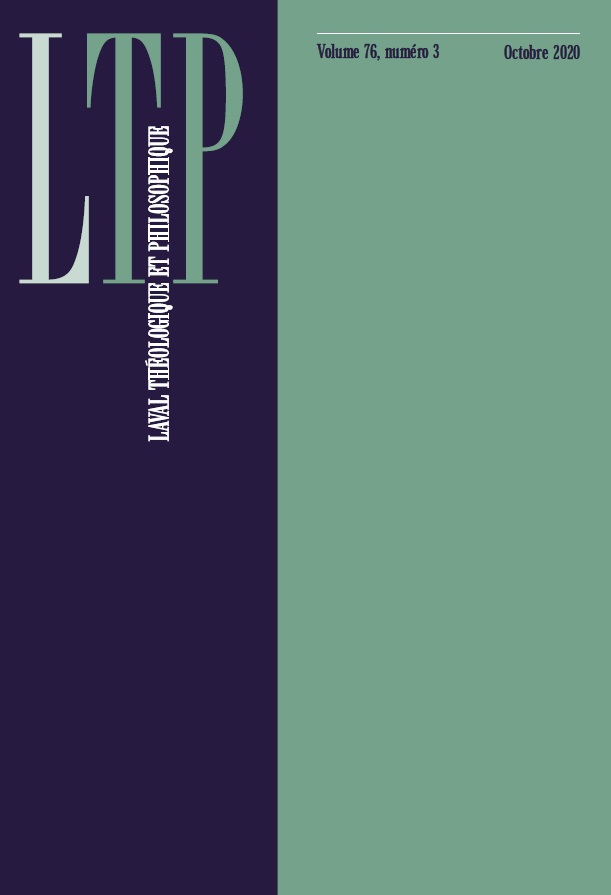Bévue lyrique ou révélation anthropologique ? Chalcédoine, la personne et la nature (2)
Abstract
The double homoousia, confessed by the Concil of Chalcedoine is certainly one of the most difficult concept transmited by the dogmatic tradition. What can be signified by the affirmation that Christ is homoouion to us, and to each of us? Is it possible to shift a trinitarian understanding, classical since Nicée, into anthropological meaning in an univocal way, without reason's injury? If it is the case, we must give the second homoousia an intelligibility right at the intersection of theology and economy, which geometric center is He 5,8. so that christology can not be understood from the two natures, purportedly known, even metaphysicaly (God an man), as if it should be enough to understand the mode of conjunction in Christ. This can be done uniquely in an hypostatic way, following the double definition. The hypothesis of the univocity of Chalcedon faith offers a significance to divinization by clearing its proper location, if, and only if, we engage a new definition of (human) hypostasis, considering that this hypostasis is the one of the Word in that "perfect" man called Jesus.

